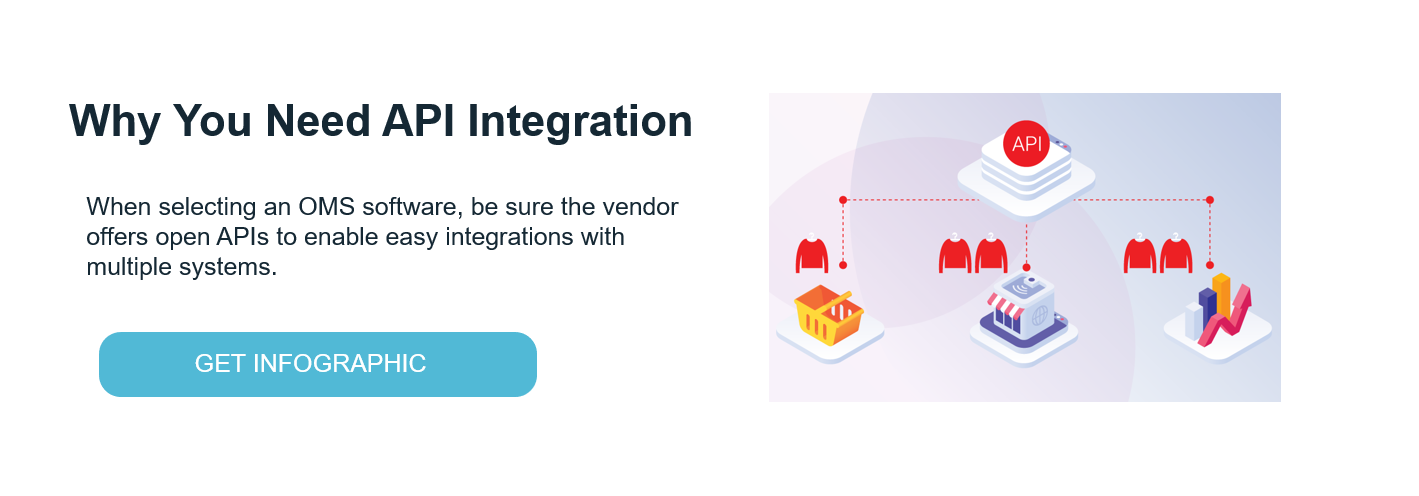Open API: The All-You-Can-Eat Buffet of Digital Integration

Remember all-you-can-eat buffet restaurants? No ordering from the menu. Just line up with your plate in hand and take what you like from a selection of dishes. In the mood for roast beef? Head to the carving station. Feels like a pizza night? A little carbs never hurt anyone.
Open API (Application Programming Interface) is kind of like a buffet restaurant. Wait…what? Just bear with me.
To begin, an API is a software connector — kind of like a bridge — between two applications. It allows the two applications to talk to each other in a language both understand, without having a “translator,” such as a third software or iPaaS.
A modern application will offer multiple APIs. These APIs will expose business assets (like data sets) or services that another application can consume. APIs provide data from the platform (PULL) and a means for data to enter the platform (PUSH). This is key to an evolution of a product into a platform.
Now, back to the buffet analogy. An open API is like a buffet restaurant in that there’s something for everyone. You’re able to efficiently connect to the data sets/business services to consume what you need for a specific operation or application.
Open APIs Save Time and Money
Leading software solution providers are adopting APIs as a means to ease the integration costs and headaches. Once a vendor publishes an open API for its system, it allows other systems to easily call the data an API provides, with minimal coding required.
If a system does not have an open API, then integrating with it is a longer, more manual and costly process. It requires knowledge of the system being integrated into, which means you need to hire a specialist to do the work or someone needs to take the time to learn the system. Both are pricey endeavors.
When a system has open REST APIs available, anyone with REST API knowledge and training can integrate with the API with minimal effort.
How It Works
Let’s say you want to provide customers the real-time availability for a product they want to purchase online. An open API for inventory data would easily enable you to call that data and display it.
Next, let’s say you wanted the same data to display all the stores near the customer’s location where there’s stock availability for a product and with in-store pickup. This would be the same open API, but different use case.
Maybe you’re running an enterprise BI solution and would like to import order data by customer to perform advanced analytics. Simply call the order data API. The possibilities are endless.
To access the APIs, typically, your software vendor will have an API portal from which multiple APIs can be accessed (you can think of the portal as the restaurant and the APIs as the different dishes).
Open APIs Allow for Future Flexibility and Scalability
When selecting an order management system (OMS) vendor, look for one that is proactive in publishing open APIs. This will allow for a much quicker and more cost-effective initial integration. More importantly, the flexibility offered by open APIs will empower your organization to build custom use cases that are unique to your operation, simply using your in-house IT resources.




